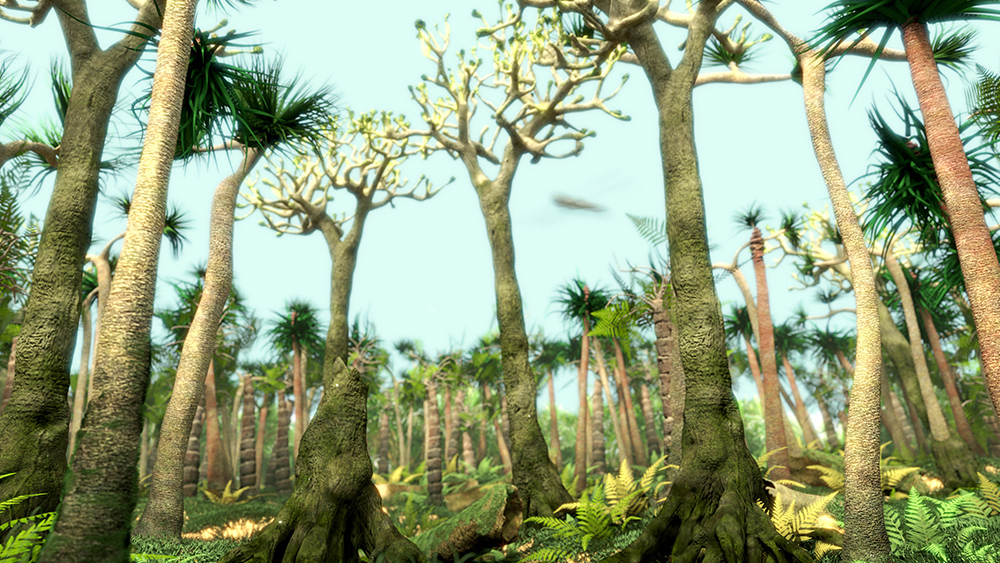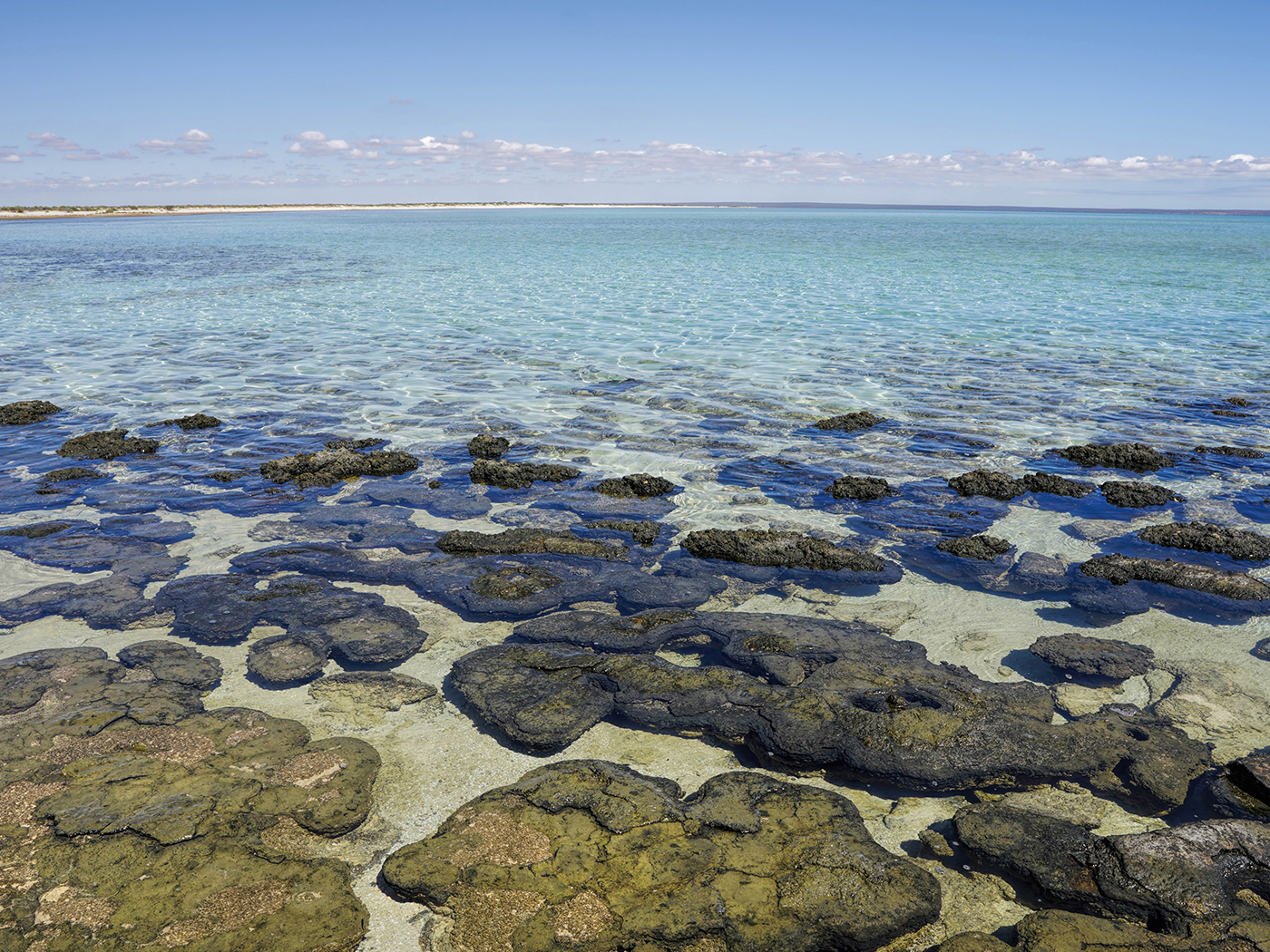by Jeffrey Tomkins and Timothy Clarey*
Fossils keep revealing biomolecules that should be completely deteriorated and disintegrated if they are millions of years old. Scientists have just discovered intact starch granules in plant tissues alleged to be 280 million years old.1
Fossils keep revealing biomolecules that should be completely deteriorated and disintegrated if they are millions of years old. ![]()
A collaborative group of German and Chinese scientists recently discovered what they believe to be the oldest fossilized-plant starch-based structures ever found. The starch is in the form of granular caps attached to the seed-like megaspores of an extinct plant called a lycopsid that supposedly lived during the Permian geological period. It’s believed that these starch structures acted as bait for arthropods to entice them to gather the spores and spread them around as a dispersal mechanism. In many types of living plants today, similar structures exist on seeds called elaiosomes that attract insects like ants.
While the focus of the research was on the discovery of a mega-spore dispersal mechanism for lycopsids, the most fascinating part of the story is that the starch structures were so well preserved in these alleged 280-million year old Permian forest-swamp deposits. The researchers stated, “This is by far the oldest unequivocal record of fossil starch known to date.”1 The amazing biochemical preservation of the starch grains even allowed for detailed chemical studies. The paper indicates that an “analysis revealed that the grains are essentially organic in composition, without notable amounts of nitrogen, phosphorus, or calcium.”
The researchers noted the unusual nature of the starch preservation as a surprising contradiction to their deep-time evolutionary assumptions. They stated, “Usually, starch in soils is rapidly gelatinized or hydrolyzed upon contact with water, and then enzymatically converted into component sugars via bacterial or fungal activity,” and “This normally results in the loss of many physical and optical properties.”
This new finding adds to an increasing litany of fossil discoveries that defy the presupposition of deep evolutionary time. Previous ICR news stories covered the presence of a wide variety of age-defying biomolecules in fossils supposedly millions of years old. Other deep-time-defying biomolecules include DNA and proteins in dinosaur tissues, keratin in skin and feathers, lipids in bird fossils, chitin in cuttlefish and scorpion fossils, and even fossilized squid ink.2-9
The fossils point to the Bible, not evolution. ![]()
The presence of intact biomolecules in fossils found around the world defies the most basic evolutionary expectations, simply because they should be completely degraded by now if they are millions of years old. The best explanation for these discoveries is that the plants and animals represented by these fossils were the result of a rapid catastrophic deposition in a global flood as recorded in the Bible only about 4,500 years ago. The fossils point to the Bible, not evolution.
References
- Liu, F. et al. 2018. 280-m.y.-old fossil starch reveals early plant-animal mutualism. Geology. 46 (5): 423-426.
- Thomas, B. Ancient Animal Biochemicals Again. Creation Science Update. Posted on ICR.org December 7, 2017, accessed May 3, 2018.
- Thomas, B. Secrets from the World’s Best-Preserved Nodosaur. Creation Science Update. Posted on ICR.org May 15, 2017, accessed May 3, 2018.
- Clarey, T. Fossil Feather Proteins Confirm Recent Flood. Creation Science Update. Posted on ICR.org December 12, 2016, accessed May 3, 2018.
- Thomas, B. Scales, Colors, Proteins in Dinosaur Skin. Creation Science Update. Posted on ICR.org September 29, 2016, accessed May 3, 2018.
- Thomas, B. 2012. DNA in Dinosaur Bones? Acts & Facts. 42 (1): 15.
- Thomas, B. Did Scientists Find T. Rex DNA? Creation Science Update. Posted on ICR.org November 7, 2012, accessed May 3, 2018.
- Thomas, B. Fresh Fossil Squid Ink 160 Million Years Old? Creation Science Update. Posted on ICR.org June 20, 2012, accessed May 3, 2018.
- Thomas, B. 2011. Evolution Can’t Explain Organic Fossils. Creation Science Update. Posted on ICR.org December 15, 2011, accessed May 3, 2018.
Stage image: Computer rendering of a carboniferous forest.
*Dr. Jeffrey Tomkins is Director of Life Sciences and Dr. Clarey is Research Associate at the Institute for Creation Research. Dr. Tomkins earned his Ph.D. in genetics from Clemson University, and Dr. Timothy Clarey earned his Ph.D. in geology from Western Michigan University



















